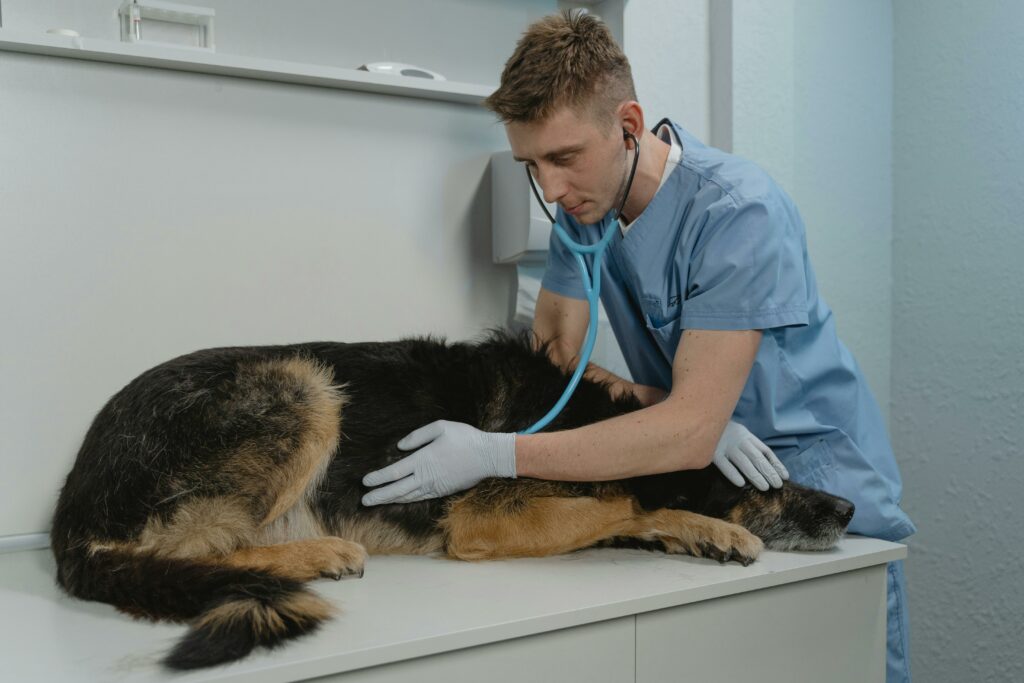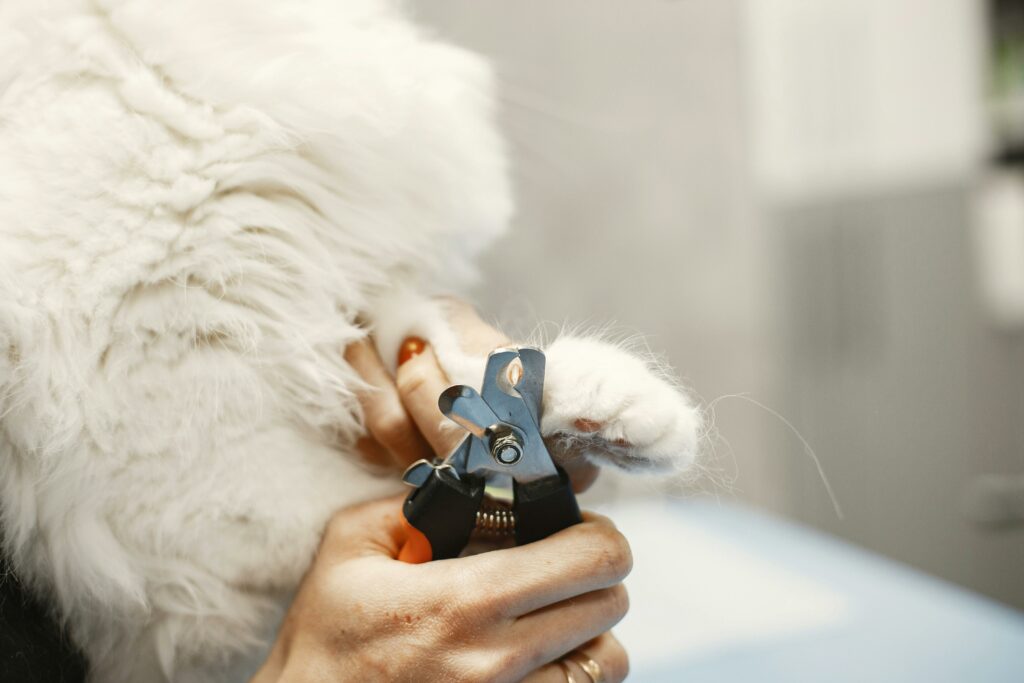
As a responsible pet owner in Singapore, it’s essential to be prepared for emergencies. Knowing pet first aid can make a significant difference in critical situations, potentially saving your pet’s life before professional veterinary care is available. This guide outlines essential first aid steps and resources available in Singapore to help you navigate pet emergencies effectively.
Recognizing Common Pet Emergencies
Understanding the signs of a pet emergency is crucial. Some common situations that require immediate attention include:
Trauma: Injuries from accidents, falls, or fights can lead to fractures, bleeding, or internal injuries.
Poisoning: Ingestion of toxic substances like certain plants, chemicals, or human medications.
Choking: Obstruction of the airway due to foreign objects or food.
Seizures: Sudden, uncontrolled movements indicating neurological issues.
Breathing Difficulties: Labored breathing or choking sounds.
Nail Trimming Injuries: Cutting a pet’s nails too deeply can cause pain and excessive bleeding.

Common Poisonous Substances for Pets
Both cats and dogs are vulnerable to poisoning from household items, foods, and plants. Some of the most common toxic substances include:
For Dogs:
Chocolate: Contains theobromine, which is toxic to dogs.
Grapes & Raisins: Can cause kidney failure.
Xylitol: Found in sugar-free gum and some peanut butter, leading to low blood sugar and liver failure.
Onions & Garlic: Damages red blood cells, leading to anemia.
Rodenticides & Pesticides: Can cause internal bleeding and neurological symptoms.
For Cats:
Lilies: Even small amounts can cause fatal kidney failure.
Essential Oils: Some oils, including tea tree and eucalyptus, are highly toxic.
Paracetamol (Acetaminophen): Found in human painkillers, can cause severe poisoning.
Household Cleaners: Bleach, disinfectants, and certain detergents can be harmful.
Insecticides & Flea Medications Meant for Dogs: Some flea treatments contain permethrin, which is toxic to cats.
If you suspect poisoning, contact a veterinarian immediately and avoid home remedies without professional guidance.

Immediate Steps to Take During a Pet Emergency
Stay Calm: Your composure will help keep your pet calm and allow you to think clearly.
Assess the Situation: Determine the nature of the emergency and the severity of your pet’s condition.
Contact a Veterinarian: Reach out to the nearest veterinary clinic for guidance.
Perform Basic First Aid: Administer appropriate first aid measures based on the situation.
Basic Pet First Aid Techniques
Controlling Bleeding
Apply Pressure: Use a clean cloth or gauze to apply gentle pressure to the wound.
Elevate the Limb: If possible, elevate the injured limb to reduce blood flow.
Seek Veterinary Care: Even if bleeding stops, consult a veterinarian for further evaluation.
Addressing Choking
Check the Mouth: Gently open your pet’s mouth to look for visible obstructions.
Perform the Heimlich Maneuver: For small pets, apply gentle pressure to the abdomen; for larger pets, use a modified technique.
Seek Immediate Veterinary Attention: Choking can cause internal injuries; a vet should assess your pet promptly.
Handling Poisoning
Identify the Toxin: Determine what your pet ingested, including the amount and time of ingestion.
Do Not Induce Vomiting: Without veterinary guidance, inducing vomiting can be harmful.
Contact a Veterinarian Immediately: Provide details about the toxin to receive specific instructions.
Managing Seizures
Ensure Safety: Move your pet away from objects that could cause injury.
Do Not Restrain: Allow the seizure to run its course without interference.
Monitor Duration: Note the length of the seizure and contact a veterinarian if it lasts more than a few minutes.

Preparing a Pet First Aid Kit
A well-stocked first aid kit is essential for immediate response:
Gauze and Bandages – For wound care and controlling bleeding.
Antiseptic Solution – To clean wounds and prevent infection.
Digital Thermometer – To monitor your pet’s temperature.
Tweezers – For removing foreign objects like splinters.
Muzzle – Injured pets may bite out of fear or pain; a muzzle ensures safety during handling.
Conclusion
Understanding pet first aid is a vital skill that all pet owners in Singapore should possess. By recognizing common emergencies, taking immediate action, and seeking veterinary care, you can improve the chances of your pet’s survival and recovery. Additionally, keeping a pet first aid kit and being aware of toxic substances can prevent accidents before they happen. Stay prepared, stay informed, and always consult a veterinarian in emergencies.
References
Household hazards – https://www.avma.org/resources-tools/pet-owners/petcare/household-hazards?
People Foods to Avoid Feeding Your Pets – https://www.aspca.org/pet-care/animal-poison-control/people-foods-avoid-feeding-your-pets
First Aid for Broken Nails on Dogs – https://www.petmd.com/dog/care/first-aid-broken-nails-dogs
First Aid for Broken Nails in Cats – https://vcahospitals.com/know-your-pet/first-aid-for-broken-nails
Share this:
- Click to share on WhatsApp (Opens in new window) WhatsApp
- Click to share on Facebook (Opens in new window) Facebook
- Click to share on LinkedIn (Opens in new window) LinkedIn
- Click to share on Pinterest (Opens in new window) Pinterest
- Click to share on Tumblr (Opens in new window) Tumblr
- Click to share on X (Opens in new window) X
- Click to share on Reddit (Opens in new window) Reddit
- Click to share on Telegram (Opens in new window) Telegram
- Click to email a link to a friend (Opens in new window) Email
- Click to print (Opens in new window) Print






























